The patient was admitted to the hospital with severe shortness of breath, worsening acute heart failure, and acute pulmonary edema due to severe mitral regurgitation after an acute myocardial infarction. In addition to heart disease, the patient also had a cerebral infarction, making the treatment process challenging.
Upon admission, the patient was comprehensively evaluated to determine the severity of the disease. Doppler echocardiography showed severe mitral valve regurgitation due to papillary muscle rupture, causing blood to flow back, overloading the heart, causing pulmonary congestion, pleural effusion, and acute pulmonary edema. In addition, test results also showed signs of severe heart failure with elevated test results, brain MRI showed areas of cerebral infarction, and coronary angiography showed severe coronary artery stenosis causing myocardial ischemia. These factors put the patient in a high-risk group for surgery, requiring an optimal treatment strategy to ensure safety.
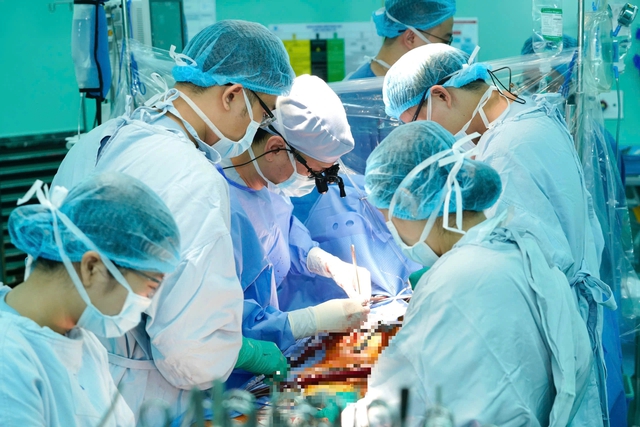
Dr. Cao Dang Khang, Head of Cardiovascular Surgery Department, University Medical Center, performed surgery on the old man.
Photo: BVCC
After consultation with many specialists at the hospital, the doctors decided to apply active medical treatment before surgery to control heart failure, optimize kidney and respiratory function and improve the patient's physical condition. Medical treatment helps reduce the risk of surgical complications and improve the ability to recover after surgery.
When the patient's condition was more stable, the cardiovascular surgical team performed a biological mitral valve replacement and coronary artery bypass grafting. Choosing a biological valve helps limit the risks associated with anticoagulants, making it suitable for the elderly. At the same time, the coronary artery bypass grafting procedure helps improve blood flow to the heart muscle, reducing the risk of future myocardial infarction.
Dr. Cao Dang Khang, Head of the Department of Cardiovascular Surgery at University Medical Center, said: "Elderly patients often have many underlying diseases, so it is important to develop an appropriate treatment strategy, optimize the patient's condition before surgery, and choose the safest surgical strategy. The combination of preoperative medical treatment, surgical optimization, and anesthesia and resuscitation has helped patients undergo successful surgery."
After the surgery, with careful preparation of cardiovascular anesthesia and resuscitation, the patient recovered quickly. Just 2 days after the surgery, the patient was able to sit up, walk lightly and live normally. The shortness of breath completely disappeared, and heart function improved significantly. In particular, kidney function and respiratory function were restored, with no signs of acute kidney failure or respiratory failure, pneumonia - common complications in the elderly after heart surgery.
According to Dr. Dang Khang, cardiovascular surgery is no longer impossible for elderly patients as it was in the past. With advances in cardiovascular surgery and anesthesia, combined with modern medical treatments, people with complex medical conditions requiring heart surgery still have the opportunity to recover and significantly improve their quality of life.
Source: https://thanhnien.vn/cuu-cu-ong-suy-tim-nhoi-mau-nao-185250329163003533.htm



![[Photo] Moment of love: Myanmar people are moved to thank Vietnamese soldiers](https://vstatic.vietnam.vn/vietnam/resource/IMAGE/2025/4/3/9b2e07196eb14aa5aacb1bc9e067ae6f)
![[Photo] General Secretary To Lam receives Japanese Ambassador to Vietnam Ito Naoki](https://vstatic.vietnam.vn/vietnam/resource/IMAGE/2025/4/3/3a5d233bc09d4928ac9bfed97674be98)

![[Photo] Special relics at the Vietnam Military History Museum associated with the heroic April 30th](https://vstatic.vietnam.vn/vietnam/resource/IMAGE/2025/4/3/a49d65b17b804e398de42bc2caba8368)


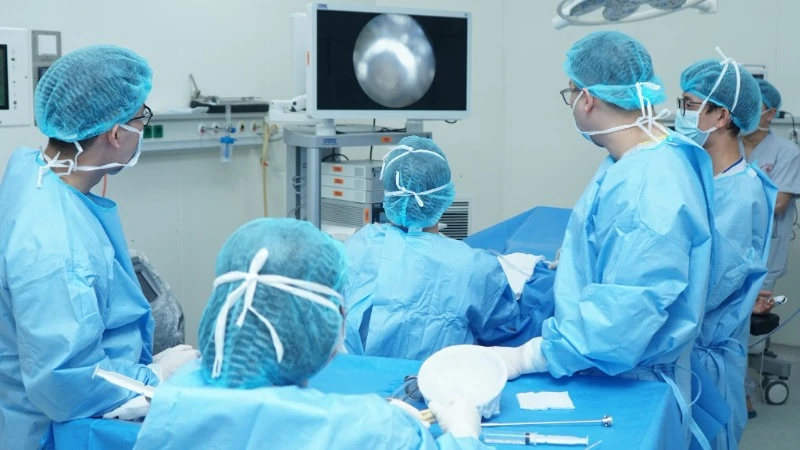

![[Video] Hanoi strengthens food safety control at schools, tightens handling of violations](https://vstatic.vietnam.vn/vietnam/resource/IMAGE/2025/4/3/c9a2202768fb4d6dbd70deaf3f28979f)







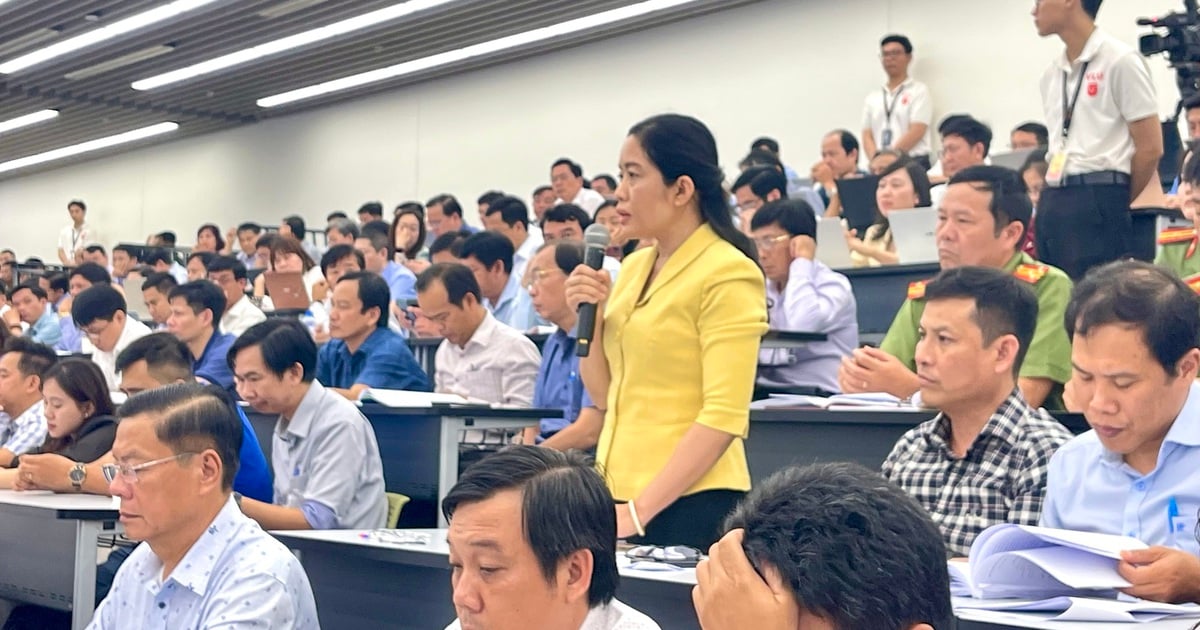
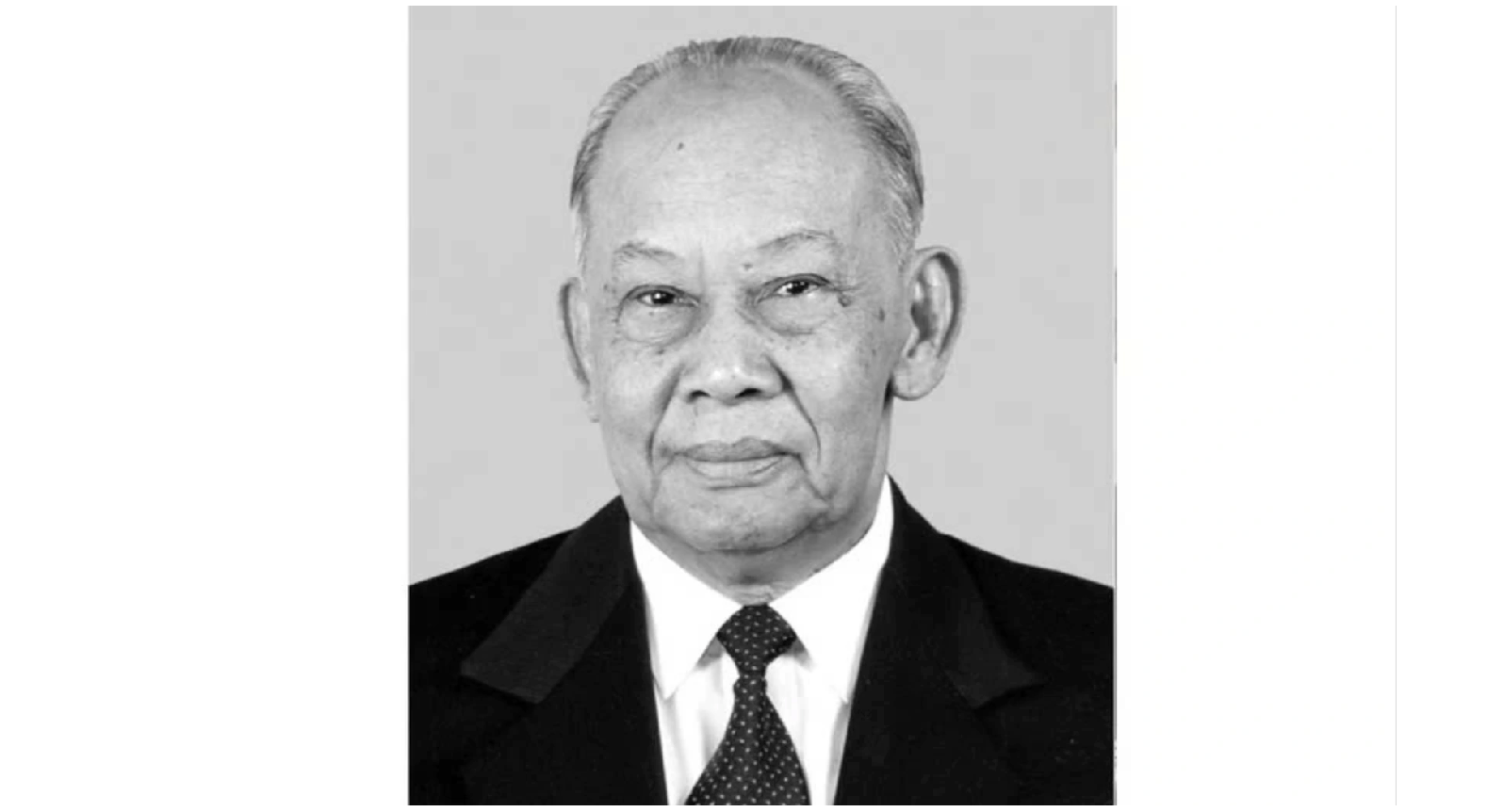
















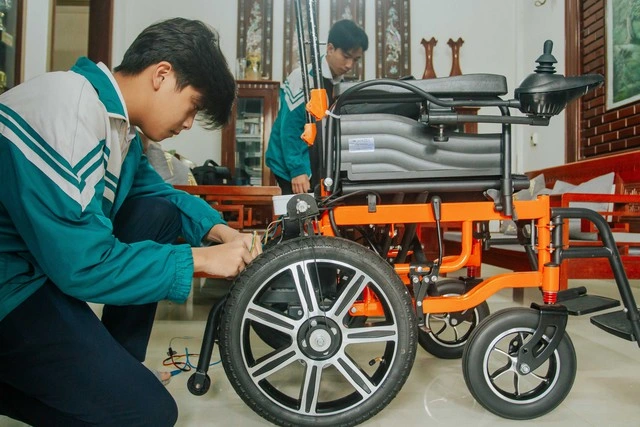




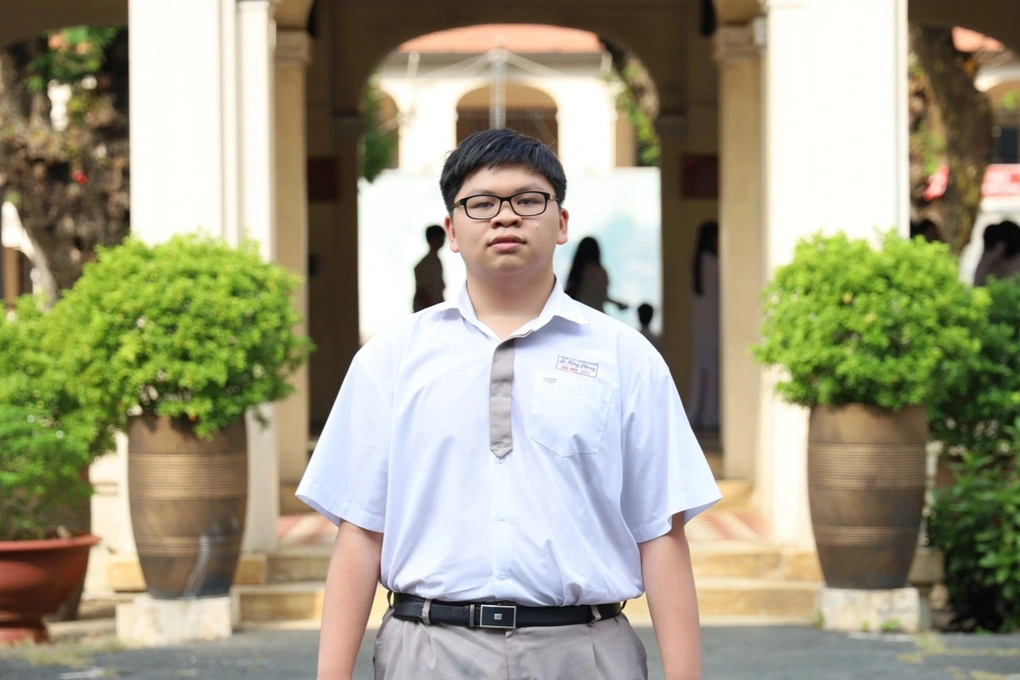



























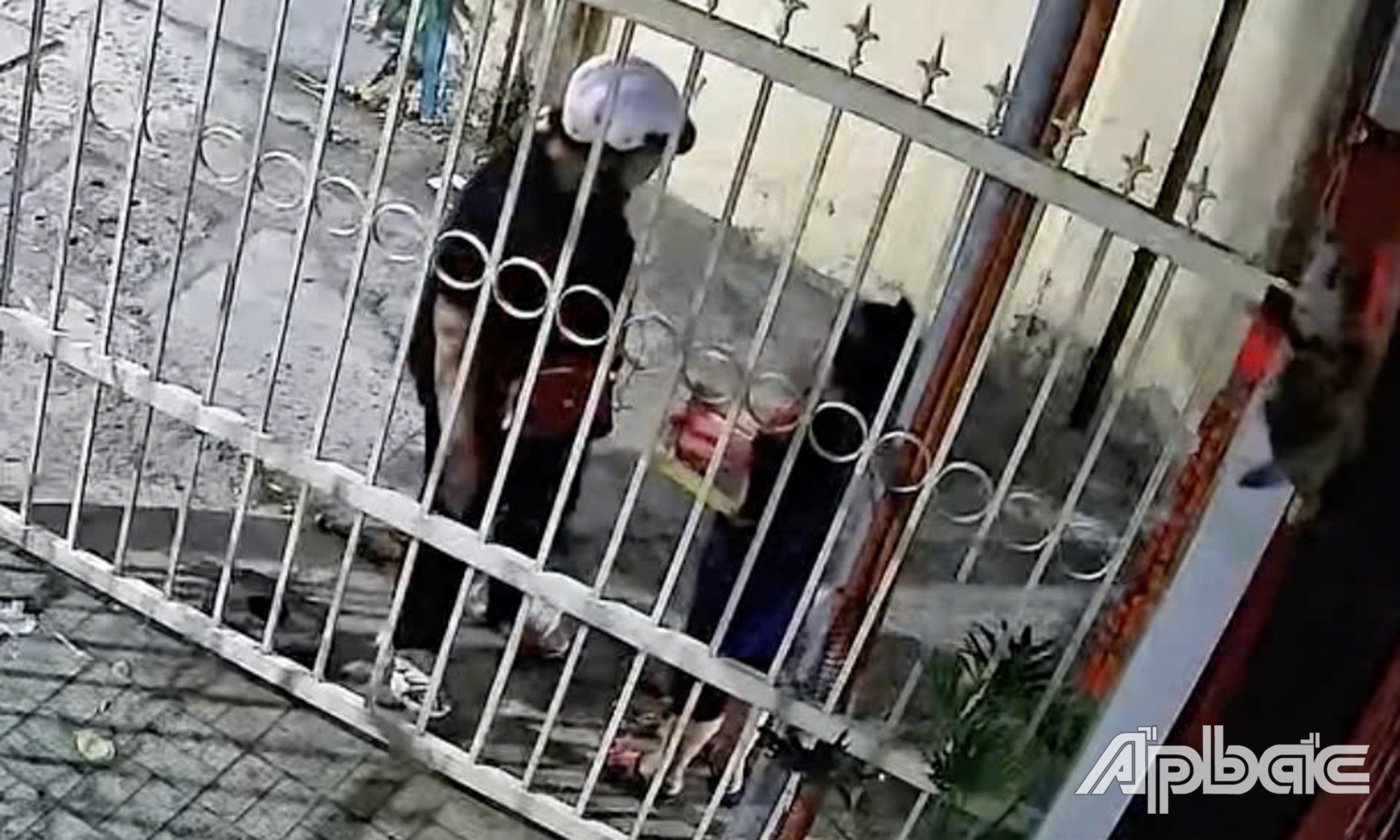













Comment (0)